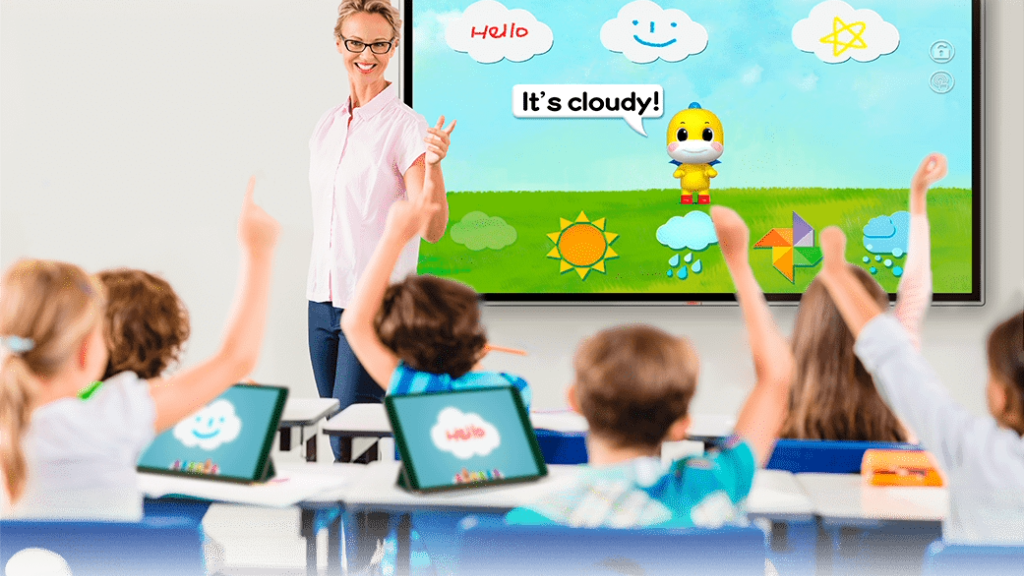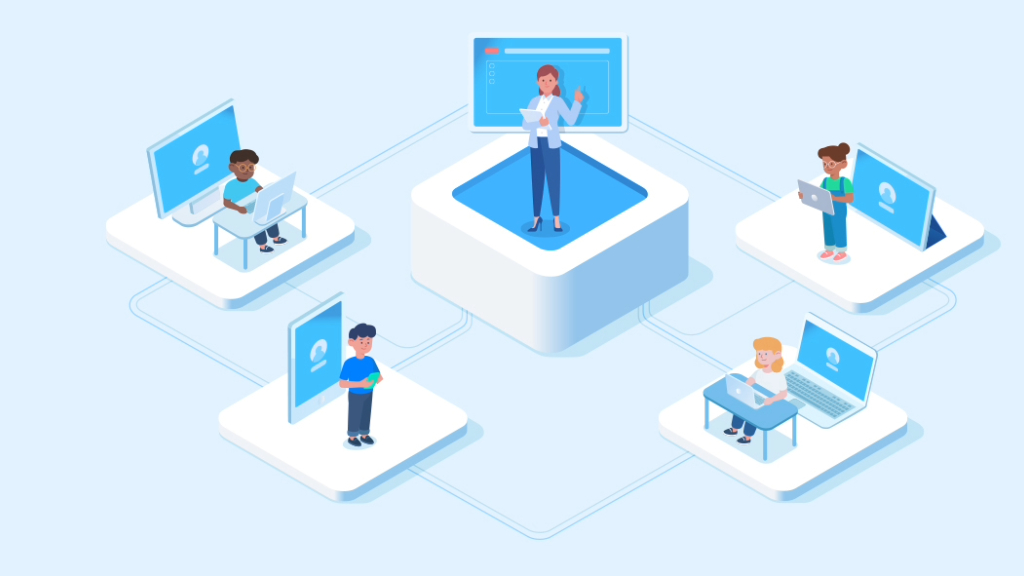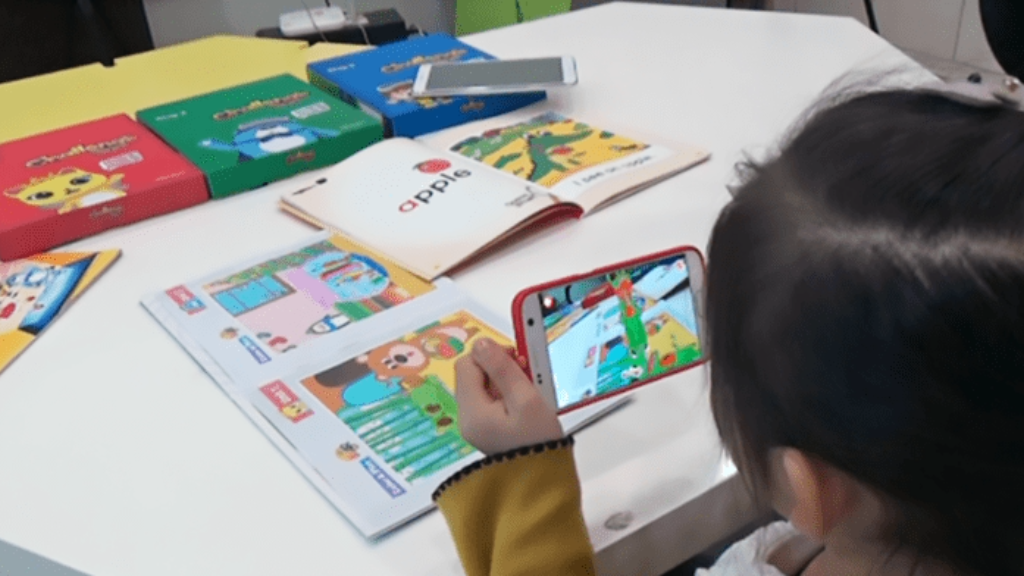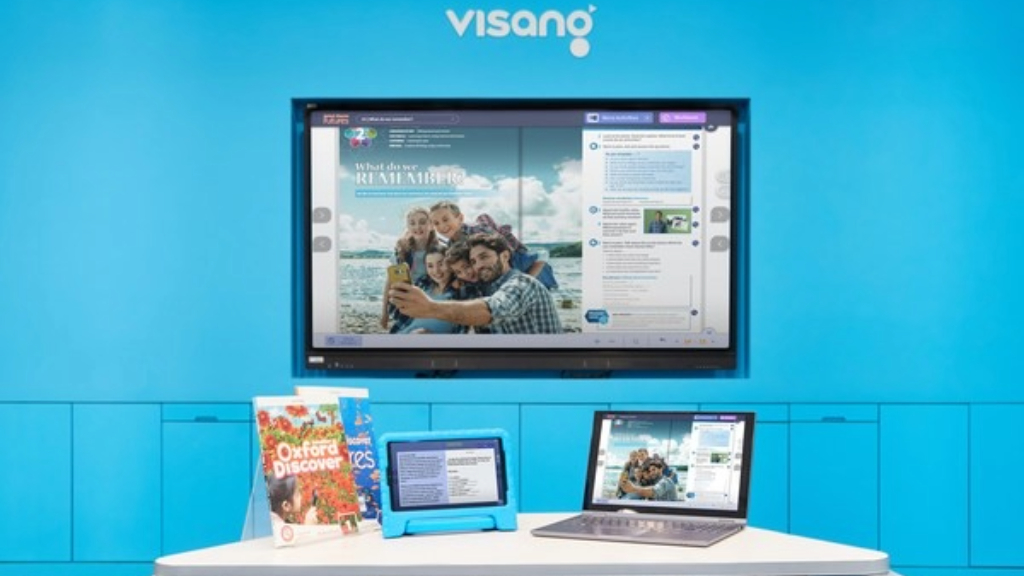EdTech’s Role in Enhanced Learning Opportunities
How can teachers and administrators ensure every student has the best learning opportunity? Students learn best when lessons are tailored to their level, strengths, needs, and interests. Moreover, lessons must be understandable and engaging to motivate them to learn. Today, smart boards and tablet PCs are examples that enhance teaching and learning in the classroom. Edtech, shorthand for educational technology, plays a significant role for teachers and students.
It allows teachers to reach out to learners innovatively, using digital devices, software programs, online platforms, and multimedia content to supplement and support traditional classroom methods. Abrahamson and Bakke published a study in 2016 that revealed two important findings. They found that students were more engaged when content was presented on screens and that all students benefited from questions that were answered for the level. There are two implications for how EdTech supports the roles of teachers and students.
EdTech: Transforming the Classroom Environment
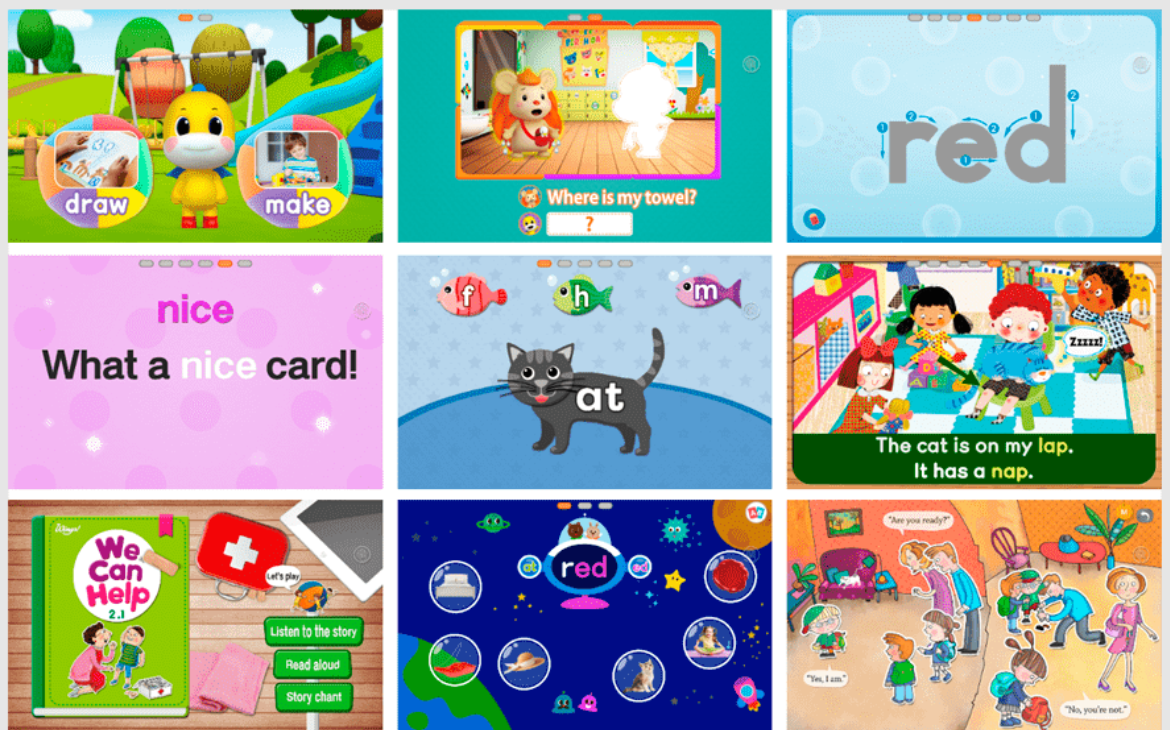
Technology-enhanced learning increases learners’ access to knowledge. By integrating technology into the classroom, educators can create a more engaging, interactive, and personalized learning experience for students. Current developments extend beyond blackboards and classroom walls.
Digital devices and online platforms enable learners to access interactive simulations, multimedia content, adaptive questioning, and educational games that make learning more engaging and effective. According to a 2021 study by Cheong-Jae Lee and Seong-Woo Choi, Edtech gives students access to online textbooks and other learning materials, which can be updated in real-time to reflect the latest information. Online databases, academic journals, and open educational resources (OERs) offer learners a wealth of information on diverse topics.
EdTech and the Shift to Student-Centered Learning
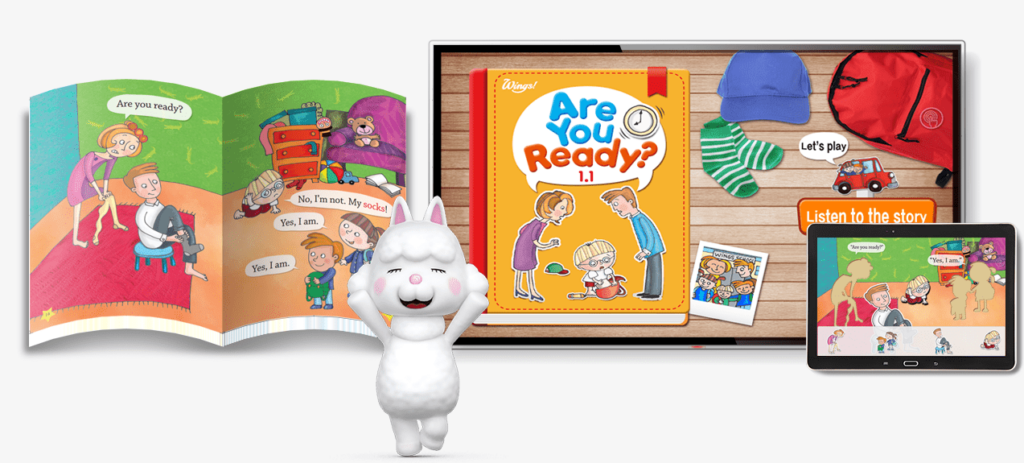
In a traditional classroom setting, learning is sometimes defined as teacher-centered, where the class is heavily one-sided and lecture-based. In this setting, the teacher presents standardized lessons that will benefit the most students possible. Some students falling behind may need help understanding, and some advanced students may be bored and disengaged.
Cheong-Jae Lee and Seong-Woo Choi note in their research that programmers are creating adaptive questioning and individualized learning, citing it as efficient and effective. Adaptive learning technologies use data and analytics to monitor the learners’ current skills and adjust the pace, difficulty, and content of lessons based on the students’ needs and performance.
This allows teachers to personalize their lessons efficiently and effectively and provide the one-to-one feedback the students need to further progress in their learning. Enabling students to learn at their own pace and make their own decisions is called student-centered learning (Pedersen, S., & Liu, M. 2003).
The approach to student-centered learning significantly varies for young learners but usually requires a teacher to define a problem or present a task. Adaptive learning allows teachers to adjust their lessons based on the student’s unique needs and learning styles, while students themselves can work through questions at their own pace and level. This win-win situation results in a more productive and prosperous educational experience for students and teachers. Adaptive and personal learning technologies have the potential to replace the need for teachers to design tasks. The help of EdTech shifts the classroom paradigm so that it becomes student-centered rather than teacher-centered.
The Impact of EdTech on Screen-based Learning
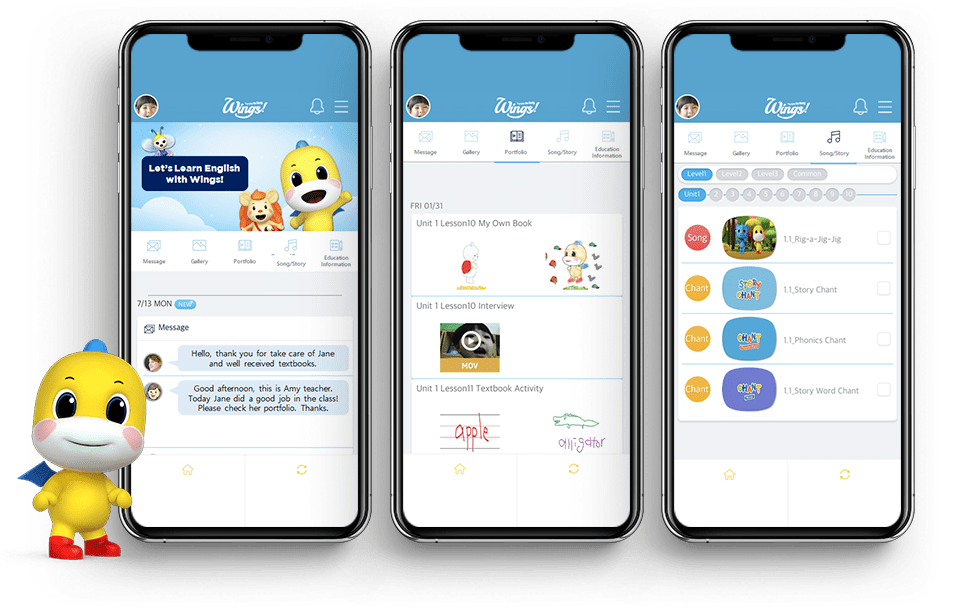
Evidence shows that learning behind a screen catches attention, engages learners, and builds understanding. Learning with technology offers students more sources of knowledge than a traditional classroom textbook. Technology-enhanced, student-centered learning is a powerful teaching method for educators and students. Rigorous research analyzing EdTech design is needed to ensure that individuals retain practiced knowledge and apply it to the real world. All students and educators can benefit from using technology in their classrooms.
Sources
- Abrahamson, Dor, and Arthur Bakker. “Making sense of movement in embodied design for mathematics learning.” Cognitive research: principles and implications 1.1 (2016): 1–13.
- Lee, Cheong-Jae, and Seong-Woo Choi. “A new normal of lifelong education according to the artificial intelligence and Edutech industry trends and the spread of the untact trend.” Software Engineering in IoT, Big Data, Cloud, and Mobile Computing (2021): 191-205.
- Lee, Cheong-Jae, and Seong-Woo Choi. “A new normal of lifelong education according to the artificial intelligence and Edutech industry trends and the spread of the untact trend.” Software Engineering in IoT, Big Data, Cloud, and Mobile Computing (2021): 191-205.
- Pedersen, Susan, and Min Liu. “Teachers’ beliefs about issues in implementing a student-centered learning environment.” Educational technology research and development, 51.2 (2003): 57–76.

